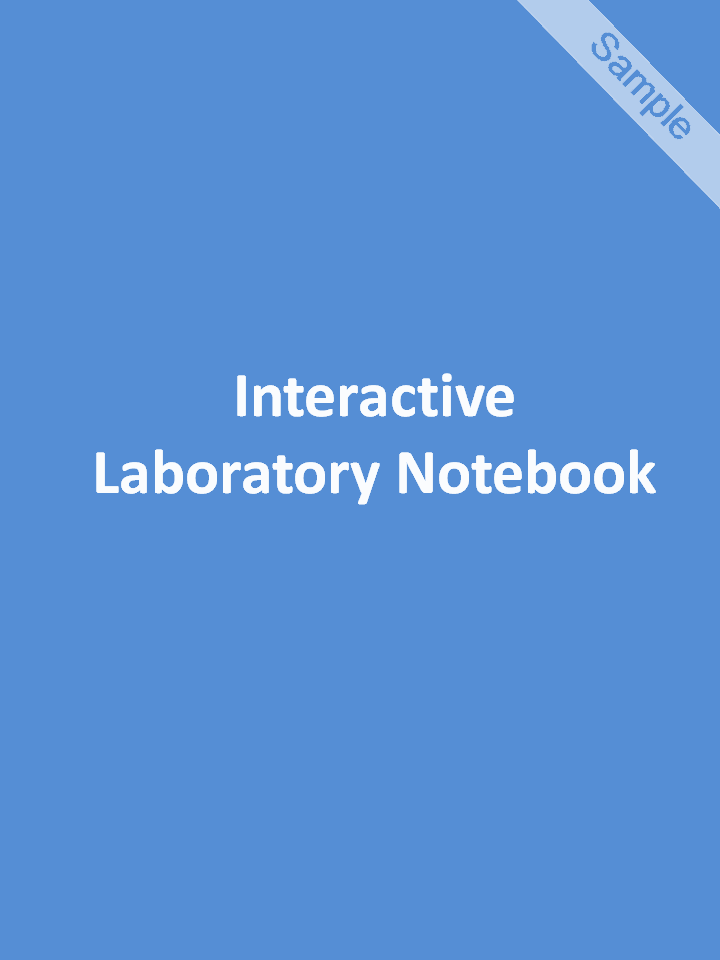"In the long history of humankind (and animal kind, too) those who learned to collaborate and improvise most effectively have prevailed" - Charles Darwin (1809 - 1882)
On this desk sits the Interactive Laboratory Notebook (ILN), where an interdisciplinary group can share their research ideas, practice and experiment related information. Challenges and motivation for effective communication and collaboration within a multi-disciplinary environment are as follows
Please use 

 to browse through Interactive Laboratory Notebook (ILN)
to browse through Interactive Laboratory Notebook (ILN)

The problem with this approach is that both the biology or the quantum dot labelling (biophotonics) is non-parallel and therefore quantitatively non-comparable. The experimenter achieves an overall view of fluorescence signal changes over time. However, the process is not robust enough to model these signal changes. The problem probably originates from the fact that quantum dot labelling is a highly variable process, the biology however can be staggered to reflect and quantify tumour growth. So, another method needs to be optimised.
The advantage of this transfer approach is that different growth conditions, perturbations and intractable conditions for labelling can now be analysed and modelled. For instance, cells grown in normoxic and hypoxic environments, or cells grown in 2D or as spheroids can be analysed and modelled. This makes the time series able to cope with complex perturbation and growth environments.
Samples |
Instruments |
Processes |